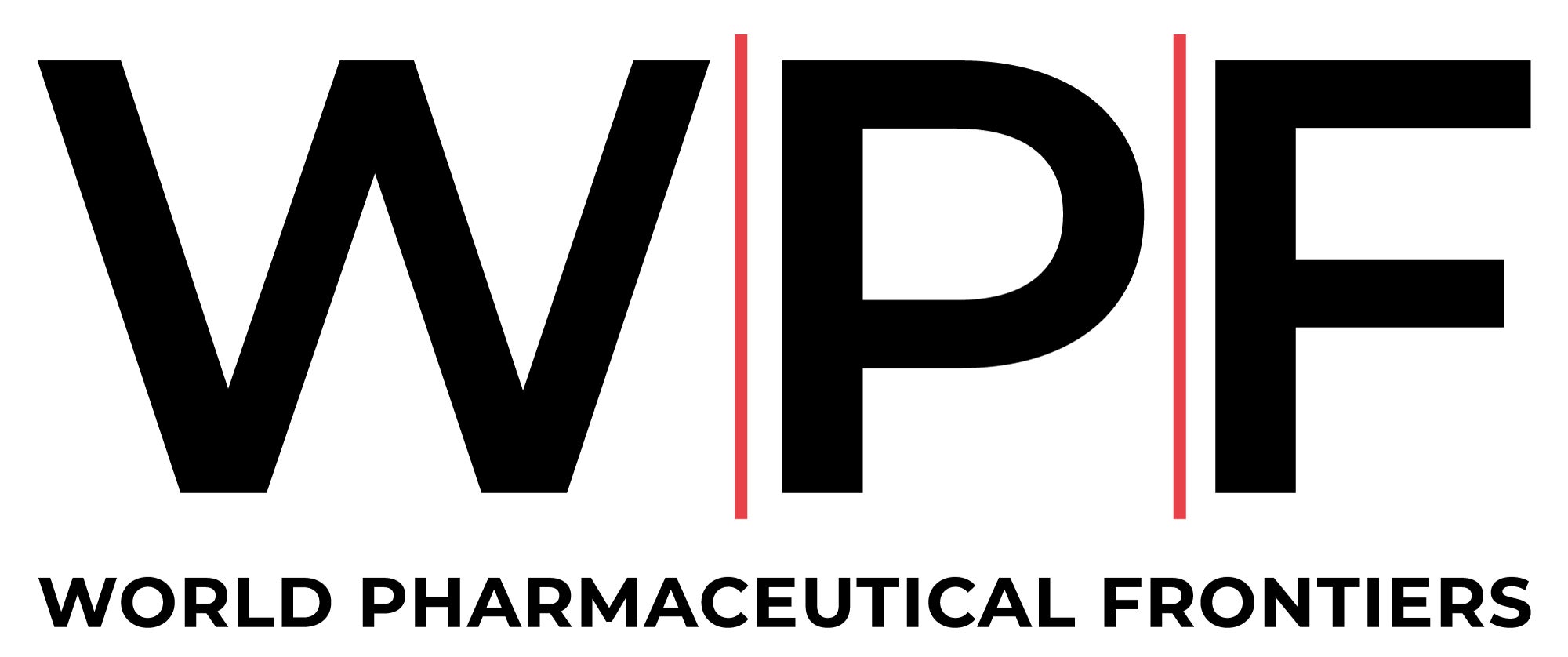
Intended to transform how clinical trials are initiated, designed and run, the The Accelerating Clinical Trials in the EU (ACT EU) initiative is a key part of Europe’s big push to strengthen and simplify the process by which safe and effective medicines are brought to market. Its secondary goal of better integrating clinical research in the European health system could have a profound effect on drug developers and, ultimately, patients, but no worthwhile change comes without some difficulties.
ACT EU, which is a joint initiative involving the European Medicines Agency (EMA), the European Commission and EU member states, is ultimately tasked with making the EU a competitive centre for innovative clinical research. According to recent research by IQVIA, the number of global clinical trials has increased by 38% over the past decade, but during the same period, the European Economic Area’s (EEA) share of clinical trials has halved. Clearly, ACT EU has a mountain to climb.
The study carried out by IQVIA shows that the EEA was home to 22% of commercial trials – those sponsored by a pharmaceutical company – in 2013. By 2023, that had fallen to just 12%. This, in real terms, translates to 60,000 fewer patients accessing a trial involving a country within the EEA, and 20,000 fewer places available in EEA-only trials. At the same time, the number of commercial trials in China has doubled since 2018, and the country now accounts for an 18% share of global commercial clinical trials.
This shifting balance is seen across many therapeutic areas. In oncology, trials in Europe are now below 2018 levels, while the number rose in the US in 2021 and has since plateaued. Some suggest that Europe’s In-vitro Diagnostic Regulation (IVDR), which brings challenges for multi-country trials, is partly to blame.
The number of immunisations, rare disease, paediatric, and cell and gene therapy trials are also falling steadily in Europe. For phase 1 trials, the number has been rising globally for the past ten years, during which time the EEA has seen a decline from 19% to 14%.
ACT EU has established a multi-stakeholder platform (MSP) advisory group to improve the environment for clinical trials across the EU and to promote an open dialogue between stakeholders and regulators. This group, which comprises representatives from key stakeholder groups that are directly impacted by clinical trial-related activities in the EU, meets regularly to provide strategic and operational advice to the ACT EU programme, including on the ACT EU workplan which sets out key deliverables – such as the successful implementation of the Clinical Trials Regulation (CTR).
“The workplan highlights key focus areas, such as innovation in clinical trials, robust methodologies and collaboration across stakeholders,” shares an EMA source. “It is reviewed on a regular basis and revised to better address stakeholder priorities. A new version of the workplan is planned for the end of 2024. Bringing together key players for clinical trials, ACT EU, with its established governance and interaction with the advisory group, ensures that stakeholders’ voices are heard and that regulators collaborate jointly to address priorities.”
Enter the advice pilots
The advice pilot initiative aims to enhance the coordination of advice activities on clinical trials and development programme design within the European Medicines Regulatory Network (EMRN). Specifically, they facilitate closer collaboration between the Scientific Advice Working Party (SAWP) and the Clinical Trials Coordination Group (CTCG) on advice of a scientific nature, and also make the pre-clinical trial applications (CTA) process, led by the CTCG for advice of regulatory/ administrative nature, simpler.

“The goal is to have one single point for applicants for each specific pilot, and to foster mutual exchange between regulators involved in the pilots concerning trial or programme elements, while respecting roles, thus increasing the likelihood of harmonised positions from the different regulatory perspectives,” explains our source at the EMA. “The initiative also helps to minimise avoidable divergences in opinion and improve the EU environment for clinical trials and the optimisation of trial design for the benefit of patients in the EU.”
The first advice pilot offers developers of medicinal products access to scientific advice on clinical trials and on requirements for marketing authorisation applications (MAAs). Typically, assessors of clinical trials are not involved in scientific advice procedures for MAAs, and vice versa. This new pilot sees SAWP (coordinated by the EMA, and the CTCG), which is managed by HMA, assess requests of a scientific nature.
12%
The percentage of EEA’s share of clinical trials in 2023.
IQVIA
SAWP is responsible for advice on MAAs, and member states represented at the CTCG oversee the CTA process. In this pilot, their views are consolidated. This marks the first occasion on which both entities will provide joint scientific advice on clinical trials.
“EU regulators have competency in their respective areas,” notes the EMA spokesperson. “For example, approving CTAs where the trial is intended to be conducted is under the responsibility of the member state, considering the protection of rights, safety and well-being of the subjects and the generation of robust data. On the other hand, EMA has the responsibility of providing centralised scientific advice based on the evidence to be submitted at marketing authorisation phase, to allow assessment of the benefits and risk of the medicine for the targeted indication during the MAA.”

Regulators could be considering the same trial across different points of view based on their remits, which leads to different views on the same trial. But through this initiative, consolidation and information sharing between regulators, differing views on trial design should be reduced.
The second pilot, coordinated by the CTCG, provides technical and regulatory support on the dossier of a CTA before it is submitted to the Clinical Trials Information System (CTIS). Previously, applicants could only receive technical and regulatory support at national level. The new pre-CTA pilot provides the consolidated views of the relevant member states on pre-submission topics.
By submitting a pre-CTA advice request, the applicant can ask the concerned member states to express their opinion and provide advice on particular regulatory or technical issues, enabling them to provide useful information to the sponsor, via consolidated responses, and clarify open points prior to submission of the CTA.
18%
The percentage of China’s global share of commercial clinical trials. A figure that’s doubled since 2018.
IQVIA
The pilot covers several areas, among them advice on regulatory aspects of low interventional clinical trial status, and submission of trials with decentralised elements or complex designs.
“The initiative aims to establish an early dialogue between clinical trial sponsors or applicants and regulators on regulatory and technical issues allowing potential problems to be identified before the CTA is submitted,” says the EMA. “Different national approaches to specific cases may lead to divergent views among the member states concerned in a CTA. The pilot aims to promote harmonisation of regulatory expectations between different member states, with the aim of achieving greater consistency in the interpretation and application of regulatory requirements, thus simplifying the process for multinational trials.”
A big step in the right direction
Since the advice pilots were officially launched in June, 11 applications had been received at the time of writing – nine pre-CTA and two SAWP/CTCG. So far, the feedback has been positive.
“Regarding the pre-CTA pilot, an interim evaluation was carried out at the end of the first five procedures, mainly based on feedback received from sponsors via a survey,” remarks EMA. “Sponsors appreciated the attention paid to advice received on regulatory alignment, as well as the detailed administrative information and guidance received on technical issues related to submission. They also appreciated the simple and fast procedure with replies received in less than a month, but also a relatively simplified dossier, the clear outcome provided in the final letter, and the easy communication with the pre-CTA team.”
So far, so good. But there is much more work for ACT EU to do in its efforts to improve the clinical trials process. Its existing workplan includes many clearly defined deliverables to ensure that it achieves its goals, but an updated version is scheduled for publication by the end of 2024, and this will take into account the latest feedback from stakeholders on their priorities towards improving the EU’s clinical trial environment.
The EMA certainly believes that these two new advice pilots represent a significant advancement in the way clinical trials are conducted in Europe, and that by offering comprehensive support and fostering collaboration among key regulatory bodies, ACT EU is revolutionising clinical research and the development of medicines across the continent.
ACT EU’s agenda for 2023–2026 includes numerous priority action areas to enhance coordination within the European medicines regulatory network and, ultimately, re-establish the EU as a leading player in clinical research. The pilots seem to provide the kind of robust support that trial sponsors are seeking, and may improve the quality of applications, but the EU still has a long road to travel if it is to catch up with the competition.





